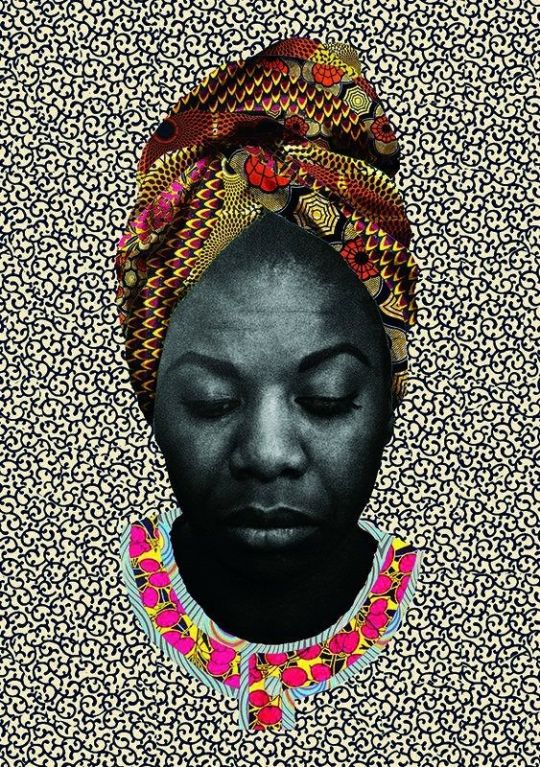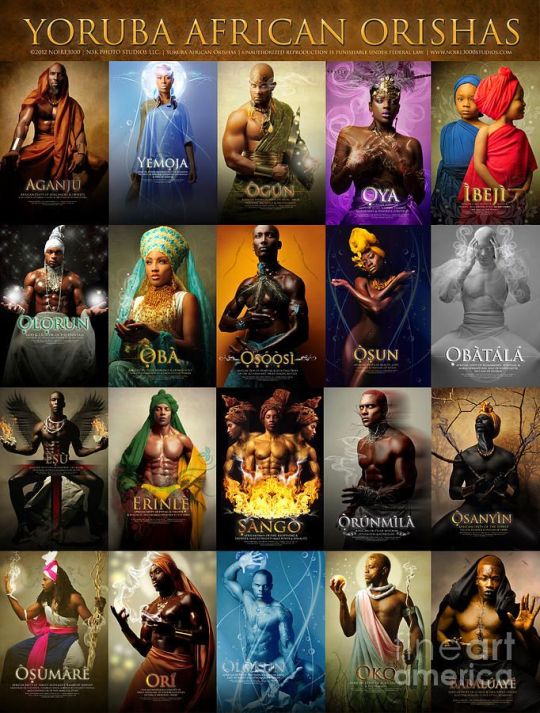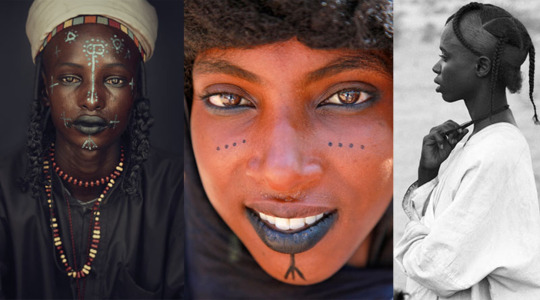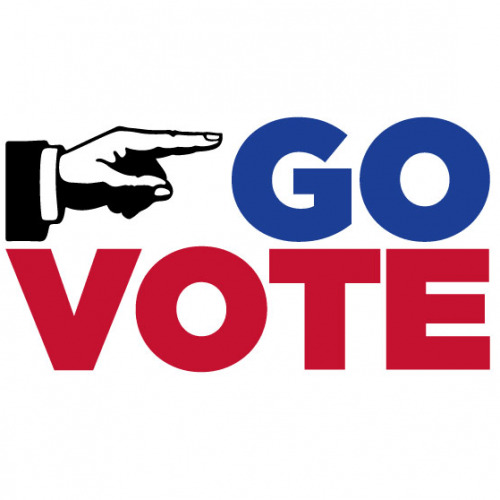#africanancestrydna
Explore tagged Tumblr posts
Photo




MALCOM X AND NAS DECEND FROM THE SAME GREAT GRANDFATHER ENSLAVED IN SOUTH CAROLINA.


451 notes
·
View notes
Photo

We aren’t limited to the space we are in? I know we can influence as far as our minds want us to! We can go to so many great lengths to reach people it’s crazy! • My YouTube channel has reached as far as Poland already! I love it! Do you want to be known globally? If so, what are you doing to broaden your scope? Comment below? #FIERCEISSHE • #BLACKPANTHER #THEBLACKPANTHER #DNATEST #AFRICANANCESTRY #AFRICANANCESTRYDNA #BLACKDNA #LESLIELATRICE #FIERCEFAM #BLACKGIRLMAGIC #BLACKHISTORYMONTH #BHM #BLM #BLACKMAGIC #MELANINMAGIC #PROUD #BLACKANDPROUD #FAMILYHISTORY #CHADWICKBOSEMAN #INSPIRATION #MOTIVATION #MELANINQUEEN #MELANINKING #AFRICAN #AFRICA #SELFIDENTITY #SELFLOVE #SELFWORTH #BROWNSKIN #BLACKSKIN https://www.instagram.com/p/Bwp4BtflNJD/?utm_source=ig_tumblr_share&igshid=zuvtdhmwll8o
#fierceisshe#blackpanther#theblackpanther#dnatest#africanancestry#africanancestrydna#blackdna#leslielatrice#fiercefam#blackgirlmagic#blackhistorymonth#bhm#blm#blackmagic#melaninmagic#proud#blackandproud#familyhistory#chadwickboseman#inspiration#motivation#melaninqueen#melaninking#african#africa#selfidentity#selflove#selfworth#brownskin#blackskin
0 notes
Video
instagram
@africanancestry DNA 🧬 is For Entertainment Purposes Stop 🛑 Taking People Money 💰 Lieing 2 Them You Can’t Trace Nobody DNA with Their Saliva Wake Up People Stop 🛑 Being Bamboozled The LIES & Gig is Up On We From Africa No We Not Demand Your Money 💰 Back Take A Class Action Suit Ancestors Rise Up On All These FRAUDS Oh Lord 😫😫😫😫😫 Feathers Up 🏹🏹🏹🏹🏹🏹🏹🏹HEYAH 🏹🏹🏹🏹🏹#africanancestrydna #is #a #scam #fraud #just #taking #your #money #the #gig #and #lies #are #up #we #are #in #the #ageoftruth #feathersup #autochthonsofamerica #indigenous #aboriginal #to #amarica #aka #turtleisland #aka #america #dontletthemfoolyou https://www.instagram.com/p/BykrRJ4DvZ3/?igshid=b8zfixx3nk6i
#africanancestrydna#is#a#scam#fraud#just#taking#your#money#the#gig#and#lies#are#up#we#in#ageoftruth#feathersup#autochthonsofamerica#indigenous#aboriginal#to#amarica#aka#turtleisland#america#dontletthemfoolyou
0 notes
Photo

#wakeupeverybody / #gatheryerosebudswhileyemay #Repost @africanancestry ・・・ What does this Proverb mean to you? "He who wakes up and finds himself a success hasn't been asleep." (#AfricanProverb) . . . . _____________________ #knowyourroots #africanancestry #blackhistorymonth365 #blackfuture #africanfashion #africandescendants #africanamerican #blackamericans #blackamerican #blackwomen #socialdistancing #ThisisAfricatoo #DNAExpert #BusinessofBeingBlack #ForTheCulture #BlackCulture #LoveAfrica #BlackConsciousness #BlackWomenLead #AfricanAncestryDNA #AfricanCulture #DNAResearch #FindYourTribe #blackvoices #genetics #findyourorigin https://www.instagram.com/p/B-hZB-_BInC/?igshid=9stor6rz55y4
#wakeupeverybody#gatheryerosebudswhileyemay#repost#africanproverb#knowyourroots#africanancestry#blackhistorymonth365#blackfuture#africanfashion#africandescendants#africanamerican#blackamericans#blackamerican#blackwomen#socialdistancing#thisisafricatoo#dnaexpert#businessofbeingblack#fortheculture#blackculture#loveafrica#blackconsciousness#blackwomenlead#africanancestrydna#africanculture#dnaresearch#findyourtribe#blackvoices#genetics#findyourorigin
0 notes
Photo



Nina Simone, was an American singer, songwriter, musician, arranger, and civil rights activist. Her music spanned a broad range of musical styles including classical, jazz, blues, folk, R&B, gospel, and pop.

The Yoruba people (Yoruba: Ìran Yorùbá) are an ethnic group that inhabits western Africa, mainly the countries of Nigeria, Benin, and Togo. The Yoruba diaspora consists of two main groupings; first were Yorubas dispersed through Atlantic slave trade mainly to the western hemisphere and the second wave includes relatively recent migrants, the majority of which moved to the United Kingdom and the United States after major economic and political changes in the 1960s to 1980s As an ethnic description, the word "Yoruba" (or more correctly "Yaraba") was originally in reference to the Oyo Empire
The alternative name Akú, derived from the first words of Yoruba greetings (such as Ẹ kú àárọ? "good morning", Ẹ kú alẹ? "good evening") has survived in certain parts of their diaspora as a self-descriptive, especially in Sierra Leone
The Yoruba are among the most urbanized people in Africa. For centuries before the arrival of the British colonial administration most Yoruba already lived in well structured urban centres organized around powerful city-states (Ìlú) centred around the residence of the Oba.In ancient times, most of these cities were fortresses, with high walls and gates.Yoruba cities have always been among the most populous in Africa. Archaeological findings indicate that Òyó-Ilé or Katunga, capital of the Yoruba empire of Oyo (fl. between the 11th and 19th centuries CE), had a population of over 100,000 people. For a long time also, Ibadan, one of the major Yoruba cities and founded in the 1800s, was the largest city in the whole of Sub Saharan Africa. Today, Lagos (Yoruba: Èkó), another major Yoruba city, with a population of over twenty million, remains the largest on the African continent
Ife continues to be seen as the "Spiritual Homeland" of the Yoruba. The city was surpassed by the Oyo Empire as the dominant Yoruba military and political power in the 11th century.
The Oyo Empire under its oba, known as the Alaafin of Oyo, was active in the African slave trade during the 18th century. The Yoruba often demanded slaves as a form of tribute of subject populations,who in turn sometimes made war on other peoples to capture the required slaves. Part of the slaves sold by the Oyo Empire entered the Atlantic slave trade.
Most of the city states were controlled by Obas (or royal sovereigns with various individual titles) and councils made up of Oloyes, recognised leaders of royal, noble and, often, even common descent, who joined them in ruling over the kingdoms through a series of guilds and cults. Different states saw differing ratios of power between the kingships and the chiefs' councils. Some, such as Oyo, had powerful, autocratic monarchs with almost total control, while in others such as the Ijebu city-states,the senatorial councils held more influence and the power of the ruler or Ọba, referred to as the Awujale of Ijebuland, was more limited

The Yoruba religion comprises the traditional religious and spiritual concepts and practices of the Yoruba people. Its homeland is in Southwestern Nigeria and the adjoining parts of Benin and Togo, a region that has come to be known as Yorubaland. Yoruba religion is formed of diverse traditions and has no single founder.Yoruba religious beliefs are part of itan, the total complex of songs, histories, stories and other cultural concepts that make up the Yoruba society. One of the most common Yoruba traditional religious concepts has been the concept of Orisa. Orisa (also spelled Orisha or Orixa) are various godly forms that reflect one of the various manifestations or avatars of God in the Yoruba religious system. Some widely known Orisa are Ogun, (a god of metal, war and victory), Shango or Jakuta (a god of thunder, lightning, fire and justice who manifests as a king and who always wields a double-edged axe that conveys his divine authority and power), Esu Elegbara (a trickster who serves as the sole messenger of the pantheon, and who conveys the wish of men to the gods.
He understands every language spoken by humankind, and is also the guardian of the crossroads, Oríta méta in Yoruba) and Orunmila (a god of the Oracle). Eshu has two avatar forms, which are manifestations of his dual nature – positive and negative energies; Eshu Laroye, a teacher instructor and leader, and Eshu Ebita, a jester, deceitful, suggestive and cunning.Orunmila, for his part, reveals the past, gives solutions to problems in the present, and influences the future through the Ifa divination system, which is practised by oracle priests called Babalawos.

Olorun is one of the principal manifestations of the Supreme God of the Yoruba pantheon, the owner of the heavens, and is associated with the Sun known as Oòrùn in the Yoruba language. The two other principal forms of the supreme God are Olodumare—the supreme creator—and Olofin, who is the conduit between Òrunn (Heaven) and Ayé (Earth).
Oshumare is a god that manifests in the form of a rainbow, also known as Òsùmàr�� in Yoruba, while Obatala is the god of clarity and creativity.as well as in some aspects of Umbanda, Winti, Obeah, Vodun and a host of others.
These varieties, or spiritual lineages as they are called, are practiced throughout areas of Nigeria, among others. As interest in African indigenous religions grows, Orisa communities and lineages can be found in parts of Europe and Asia as well. While estimates may vary, some scholars believe that there could be more than 100 million adherents of this spiritual tradition worldwide

The Fula, Fulani, or Fulɓe people are one of the largest ethnic groups are widely distributed, across the Sahel from the Atlantic coast to the Red Sea, particularly in West Africa. The countries where they are present include Mauritania, Ghana, Senegal, Guinea, the Gambia, Mali, Nigeria, Sierra Leone, Benin, Burkina Faso, Guinea Bissau, Cameroon, Ivory Coast, Niger, Chad, Togo, South Sudan, the Central African Republic, Liberia, and as far east as the Red Sea in Sudan and Egypt.

Walter Rodney in his book The History of the Upper Guinea Coast, argues that Fulbe are originally from North Africa and they conquered the Foota Djallon region led by the Fulani Koli Tenguella.

The ethnogenesis of the Fulani people may have begun as a result of interactions between an ancient West African population and North African populations such as Berbers or Egyptians. Their West African roots may be in and around the valley of Senegal River. They likely reflect a genetic intermix of people with West African, North African, and Arabian origins, and have been a part of many ruling dynasties particularly in the Sahel and West Africa .Speculations about their origins started in the era of European conquest and colonization.

The language of the Fulani is "Pulaar", which is also the language of the Toucouleurs. All Senegalese and Mauritanians who speak the language natively are known as the Halpulaa or Haalpulaar'en , which means "speakers of Pulaar" ("hal" is the root of the Pulaar verb haalugol , meaning "to speak"). In some areas, e.g. in northern Cameroon, Fulfulde is a local lingua franca.
There are three writing systems used to write this language: an Arabic derived one called Ajami, a Latin derived system with 6 sets, and a native phonetic-faithful system called Adlam recently invented in 1989; the third one is the most increasingly popular not only learnt by hundred thousands of people among the diaspora worldwide but has also apps and computer programs created to assist in the script's adoption.
Moral code
Central to the Fulani people's lifestyle is a code of behavior known as pulaaku or laawol Fulɓe (literally meaning the "Fulani pathways" which are passed on by each generation as high moral values of the Fulbe, which enable them to maintain their identity across boundaries and changes of lifestyle. Essentially viewed as what makes a person Fulani, or "Fulaniness", pulaaku includes: Munyal: Patience, self-control, discipline, prudence Gacce / Semteende: Modesty, respect for others (including foes) Hakkille: Wisdom, forethought, personal responsibility, hospitality Sagata / Tiinaade: Courage, hard work

#african#nina simone#yoruba#fula#fulani#munyal#wisdom#kemetic dreams#brownskinwoman#brownskin#brownskins#west africa#egypt#orisha#vodun#vodoo#african spirituality#african culture#african dna#africanancestrydna#africanancestry#crystal fox#manifest#manifestion#nigeria#nigerian#fulani pathways#keep your head up#who are you#african pride
611 notes
·
View notes
Video
instagram
#chadwickboseman #limba #limbapeople #africanancestrydna #africanancestry #african #africans #dnatest #dnatesting #africanamerican #charlemagnethagod #blackpanther #seirraleone https://www.instagram.com/p/CEeKb9OjapP/?igshid=12domfpx5etrz
#chadwickboseman#limba#limbapeople#africanancestrydna#africanancestry#african#africans#dnatest#dnatesting#africanamerican#charlemagnethagod#blackpanther#seirraleone
116 notes
·
View notes
Text



#african#afrakan#kemetic dreams#fitness#afrakans#afrakan spirituality#afrakan woman#tupac#african culture#kemet#Hausa#levar burton#africanancestrydna
24 notes
·
View notes
Text





Go vote 🗳 find out who you are.
Empowering ourselves

#african#afrakan#kemetic dreams#fitness#afrakans#afrakan spirituality#afrakan woman#tupac#african culture#kemet#Gina Paige#africanancestrydna#africanandproud#voting#vote#Fulani#Fulani braids
31 notes
·
View notes
Photo

#african #africanancestrydna #africanamerican https://www.instagram.com/p/CCGfEp7DQOO/?igshid=10yi79vbvco4b
14 notes
·
View notes
Text

12 notes
·
View notes